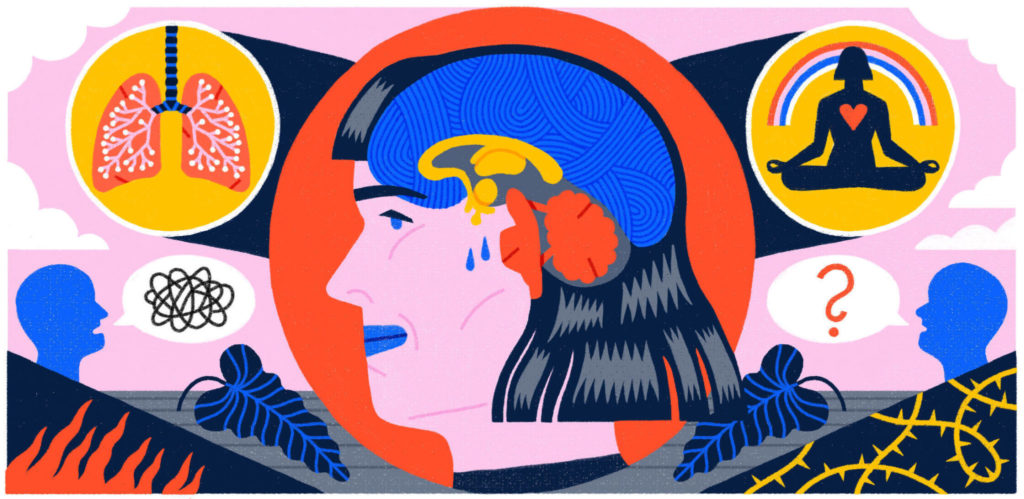Once upon a time, there was a young lady that worked as a receptionist for a prestigious hotel. She was used to dealing with rude guests on occasion. However, on this particular day, a very angry guest marched his way to the front desk demanding a late check out. The young receptionist politely explained that unfortunately they were sold out and could not honor his request. The guest furrowed his brow, slammed his hand on the counter, and reached over in an attempt to grab the arm of the receptionist. She then put her hands on the counter, leaned toward him, and yelled “you are talking to the wrong person!” Immediately, she turned around, took a deep breath, and realized she was about to lose her job for yelling at a guest.
She knew very well the etiquette for dealing with guests. It was to be a quiet and patient person. So, what could have made her act in this manner? Amygdala hijacking. What exactly is amygdala hijacking? How does it affect our behavior? And can we control it?

The Amygdala and the Frontal Lobe
What is the amygdala? It is a part of the limbic system, the part of the brain responsible for dealing with emotional regulation, learning, memory, and sexual arousal. The amygdala is key to how we process strong emotions like fear or pleasure. The amygdala’s response can help us to react quickly when we perceive physical danger, contributing to our overall safety.
In contrast to the amygdala, there is the frontal lobe. It is located behind the forehead, at the front of the brain (thus the name). The frontal lobe’s functions involve cognitive functions, decision-making, problem-solving, thought, and attention. It contains the motor cortex, which is involved in planning and coordinating movement, as well as the prefrontal cortex, which is responsible for higher-level cognitive functioning.
What is Amygdala Hijacking
Psychologist and author Daniel Goleman coined the term “Amygdala Hijack” in his 1995 book “Emotional Intelligence.” When it happens, the emotional center of the brain overreacts to stressful events which then temporarily impairs the region of the brain responsible for rational thinking. The amygdala “hijacks” the frontal lobe. At which point, we are at the mercy of our emotional impulses.
Social engineering is defined as influencing someone to take an action that may or may not be in a person’s best interest. In the case of malicious actors, they use influence techniques to trigger strong emotions such as fear. Triggering an amygdala hijack, which overrides logic-based thinking, leads a person to take an action they normally would not. How do you know if you’re under the effects of an amygdala hijack? And what can you do if you are?
Self-Awareness is Key
Become aware of how your emotions and body react to significant stress. The first step to stop the effects of an amygdala hijack is to recognize the signs. Some of the symptoms of amygdala hijack include a racing heartbeat, fast breathing, sweaty palms, tense muscles, and the inability to think clearly.
There are a few simple yet effective steps you can take to ease your amygdala. Taking some deep breaths can help to calm down your emotions. Next, you need to engage the cognitive thinking portion of your brain (frontal lobe). You can do this by counting or writing down your thoughts. According to Dr. Goleman, the best way to get back to critical thinking is time. Remember, whenever you feel that you’re taken over by strong emotion, whether triggered by someone, something, or a situation, take a step back and give yourself some time before you act. Dr. Victor Frankl said it best: “Between stimulus and response there is a space. In that space, is our power to choose our response.”
Written by: Rosa Rowles
At Social Engineer LLC, our purpose is to bring education and awareness to all users of technology. For a detailed list of our services and how we can help you achieve your information/cybersecurity goals please visit:

